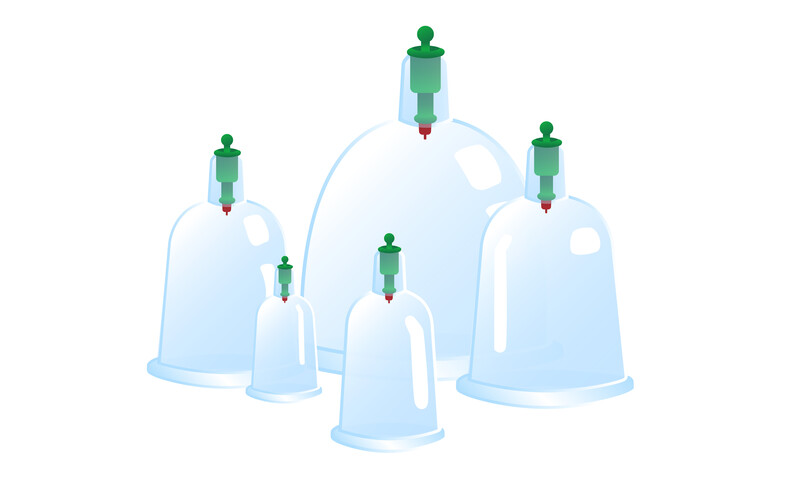
Those who experience chronic low back pain know how debilitating it can be. Not only can the pain keep you from doing some of the things you typically enjoy, but it can also diminish your overall quality of life. Having many pain management tools and techniques is important, so people find ways in addressing pain and live high-quality life. One pain management technique that has been widely used in other parts of the world is called wet cupping.
Wet cupping, according to the National Institutes of Health, is a practice used in some parts of the world, including the Middle East and China (1). Cupping involves using a cup to create suction in various places on the skin. Wet cupping involves piercing the skin and allowing blood to flow into the cup. There have been numerous studies over the years that have evaluated the effectiveness of cupping as a therapy for chronic pain.
In the January 2017 issue of the Saudi Medical Journal
researchers reported that pain was the most common reason for a cupping referral (2). They reported that cupping was effective for improving health-related quality of life. Their study included 629 patients who received cupping and assessed to see if it helped improve health-related quality of life. The results of their study showed significant improvements in physical and social quality of life. They recommended that cupping be used as a complementary therapy for treating chronic conditions.
When it comes to choosing a wet cupping technique to try, there are two common ones. The traditional one, popular in the Middle East, and a different type of wet cupping done in Asia and Europe. Researchers set out to see if one type of wet cupping was better for helping with chronic low back pain. They shared the results of their study in the April 2019 issue of the Journal of Acupuncture and Meridian Studies (3).
The study they conducted involved 70 patients, with 34 of them receiving traditional cupping, and 36 of them receiving Asian cupping. They evaluated patients on a variety of criteria immediately after wet cupping therapy, seven days later, and 14 days later. What they found was that patients who received either type of cupping had a significant decrease in pain intensity and disability, In other words, neither type of wet cupping proved superior.
Those who suffer from chronic low back pain and would like to try wet cupping may try opting for
- Traditional cupping
- Asian cupping techniques
Both should produce similar results, even if their methods differ.
Sources:
- National Institutes of Health. Cupping. https://nccih.nih.gov/health/cupping
- Saudi Medical Journal. The effect of wet cupping on quality of life of adult patients with chronic medical conditions. https://www.ncbi.nlm.nih.gov/pmc/articles/PMC5278066/
- Journal of Acupuncture and Meridian Studies. Wet Cupping; Traditional Hijamah Technique versus Asian Cupping Technique in Chronic Low Back Pain Patients. https://www.ncbi.nlm.nih.gov/pubmed/31028971







